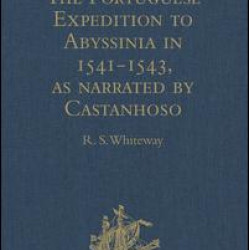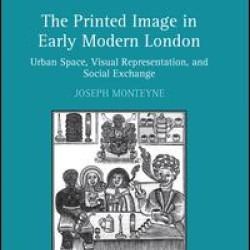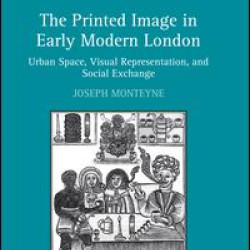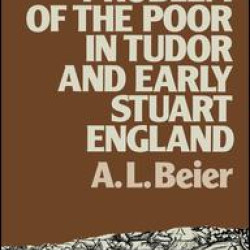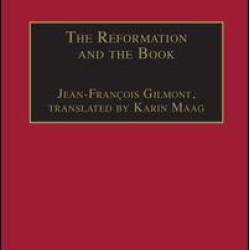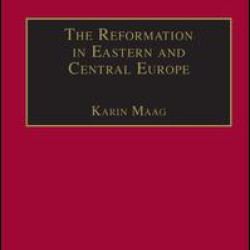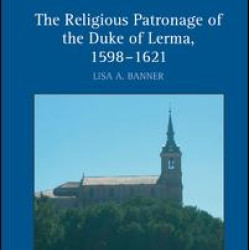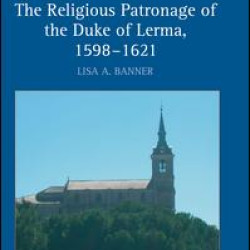Early Modern History 1500-1750
Brand: Taylor & Francis
Model: Stock
The Portuguese Expedition to Abyssinia in 1541-1543, as narrated by Castanhoso..
₹3,083.74 ₹3,854.68
Brand: Taylor & Francis
Model: Stock
Presenting an inventive body of research that explores the connections between urban movements, space, and visual representation, this study offers the first sustained analysis of the vital interrelationship between printed images and urban life in early modern London. It is distinguished by its cl..
₹3,083.74 ₹3,854.68
Brand: Taylor & Francis
Model: Stock
Presenting an inventive body of research that explores the connections between urban movements, space, and visual representation, this study offers the first sustained analysis of the vital interrelationship between printed images and urban life in early modern London. It is distinguished by its cl..
₹8,812.80 ₹11,016.00
Brand: Taylor & Francis
Model: Stock
This pamphlet examines recent research into the poor laws of Tudor and Stuart England. Dr Beier asks the question ‘who were the poor?’ and in answering it places the ‘problem of the poor’ in its historical context, examining it in relation to medieval provisions for dealing with poverty. He shows ho..
₹8,078.40 ₹10,098.00
Brand: Taylor & Francis
Model: Stock
The Red Sea and Adjacent Countries at the Close of the Seventeenth Century..
₹3,083.74 ₹3,854.68
Brand: Taylor & Francis
Model: Stock
Although the connection between the invention of printing and the Protestant Reformation of the sixteenth century has long been a scholarly commonplace, there is still a great deal of evidence about the relationship to be presented and analysed. This collection of authoritative reviews by distinguis..
₹8,445.60 ₹10,557.00
Brand: Taylor & Francis
Model: Stock
The Reformation in Eastern and Central Europe..
₹7,711.20 ₹9,639.00
Brand: Taylor & Francis
Model: Stock
The Whole Booke of Psalmes was one of the most published and widely read books of early modern England, running to over 800 editions between the 1570s and the early eighteenth century. It offered all of the Psalms paraphrased in verse with appropriate tunes, together with an assortment of other scri..
₹8,812.80 ₹11,016.00
Brand: Taylor & Francis
Model: Stock
This book is a detailed examination of the sources and protocols that John Foxe used to compile his medieval history of Christianity, explain how history justified the Reformation, and claim that the Church of Rome had fallen into the grip of Antichrist...
₹8,445.60 ₹10,557.00
Brand: Taylor & Francis
Model: Stock
The Religious Culture of the Huguenots, 1660-1750..
₹8,078.40 ₹10,098.00
Brand: Taylor & Francis
Model: Stock
Introducing fresh archival evidence, author Lisa Banner here demonstrates how Francisco Gómez de Sandoval y Rojas, first Duke of Lerma, served as a vital link in Habsburg architectural patronage. She traces how Lerma embarked on a career of renovating or building religious foundations in seventeenth..
₹3,083.74 ₹3,854.68
Brand: Taylor & Francis
Model: Stock
Introducing fresh archival evidence, author Lisa Banner here demonstrates how Francisco Gómez de Sandoval y Rojas, first Duke of Lerma, served as a vital link in Habsburg architectural patronage. She traces how Lerma embarked on a career of renovating or building religious foundations in seventeenth..
₹8,812.80 ₹11,016.00


